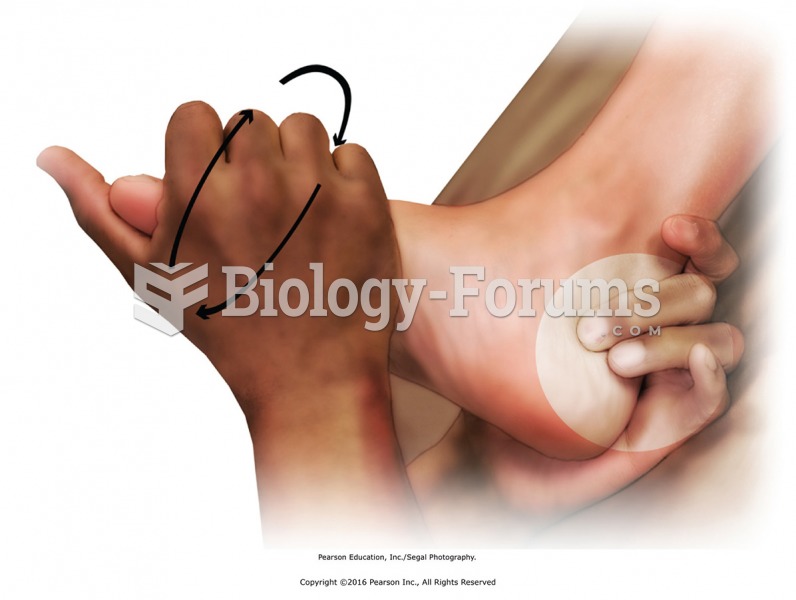Answer to Question 1
ANS: A
Acupuncture regulates or realigns the vital energy (qi), which flows like a river through the body in channels that form a system of 20 pathways called meridians. Naturopathic therapeutics include herbal medicine, nutritional supplementation, physical medicine, homeopathy, lifestyle counseling, and mind-body therapies with an orientation toward assisting the person's internal capacity for self-healing (vitalism). Tribal traditions are individualistic, but similarities across traditions include the use of sweating and purging, herbal remedies, and ceremonies in which a shaman (a spiritual healer) makes contact with spirits to ask their direction in bringing healing to people to promote wholeness and healing. Curanderismo is a Latin American traditional healing system that includes a humoral model for classifying food, activity, drugs, and illnesses and a series of folk illnesses. The goal is to create a balance between the patient and his or her environment, thereby sustaining health.
Answer to Question 2
ANS: C
Decreased heart and respiratory rates, blood pressure, and oxygen consumption and increased alpha brain activity and peripheral skin temperature characterize the relaxation response. The physiological cascade of changes associated with the stress response includes increased heart and respiratory rates, muscle tightening, increased metabolic rate, a sense of foreboding, fear, nervousness, irritability, and a negative mood. Other physiological responses include elevated blood pressure; dilated pupils; stronger cardiac contractions; and increased levels of blood glucose, serum cholesterol, circulating free fatty acids, and triglycerides.






